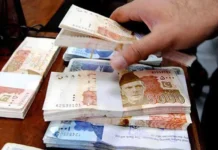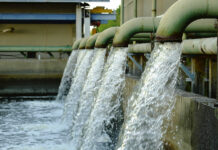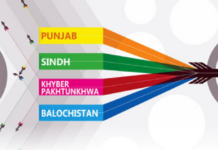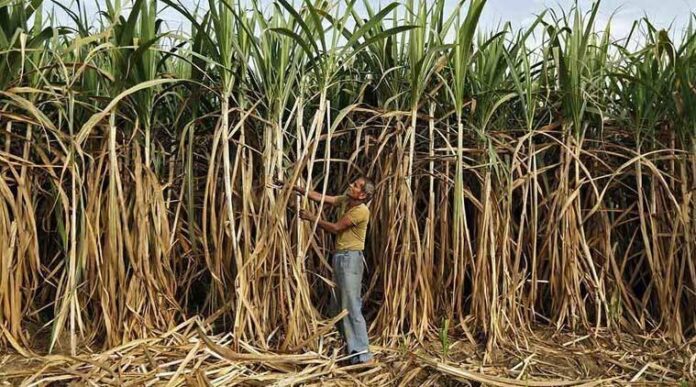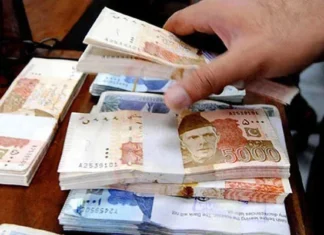Pakistan’s sugarcane production witnessed a slight rise during the 2025–26 season, supported by an expansion in cultivated area, particularly in Punjab, according to official documents available with Wealth Pakistan.
The total area under sugarcane cultivation increased to 1.213 million hectares, up 1.7% from last year’s 1.19 million hectares. This resulted in a provisional national output of 84.74 million tons, compared to 84.24 million tons in 2024–25 — a modest increase of 0.6%.
The Federal Committee on Agriculture (FCA) had set a target of 1.146 million hectares for sugarcane cultivation and 80.32 million tons for production. However, actual figures exceeded expectations, with the cultivated area 5.9% higher than the target and production surpassing it by 5.5%.
Punjab, the country’s largest sugarcane-producing province, recorded the strongest performance. Cultivation expanded by 4.8% to 856,000 hectares, driving a 2.7% rise in output to 61.73 million tons from 60.11 million tons a year earlier. The province also exceeded its FCA targets for both area and production by about 12.5%.
In contrast, Sindh reported a contraction in both cultivation and production. The cultivated area declined by 6.2% to 267,700 hectares, while production dropped 5.6% to 18.13 million tons from 19.21 million tons. However, its yield improved slightly by 0.6% to 67.7 tons per hectare.
Khyber Pakhtunkhwa also fell short of its targets, with the cultivated area slipping 0.8% to 89,300 hectares from 90,000. Despite this, production remained steady at around 4.8 million tons, while yield stayed unchanged at 54.1 tons per hectare.
Balochistan, though a minor contributor, showed gains in cultivated area, which rose 14.3% to 800 hectares from 700. Its production increased 6.9% to 38,900 tons from 36,400 tons, but still missed the FCA’s production target by 13.6%.
During 2024–25, Pakistan’s overall sugarcane yield stood at 69.8 tons per hectare slightly below the FCA’s target of 70 tons per hectare.
Sugarcane remains one of Pakistan’s most valuable cash crops and underpins the country’s sugar industry, the second-largest agro-industrial sector after textiles.





